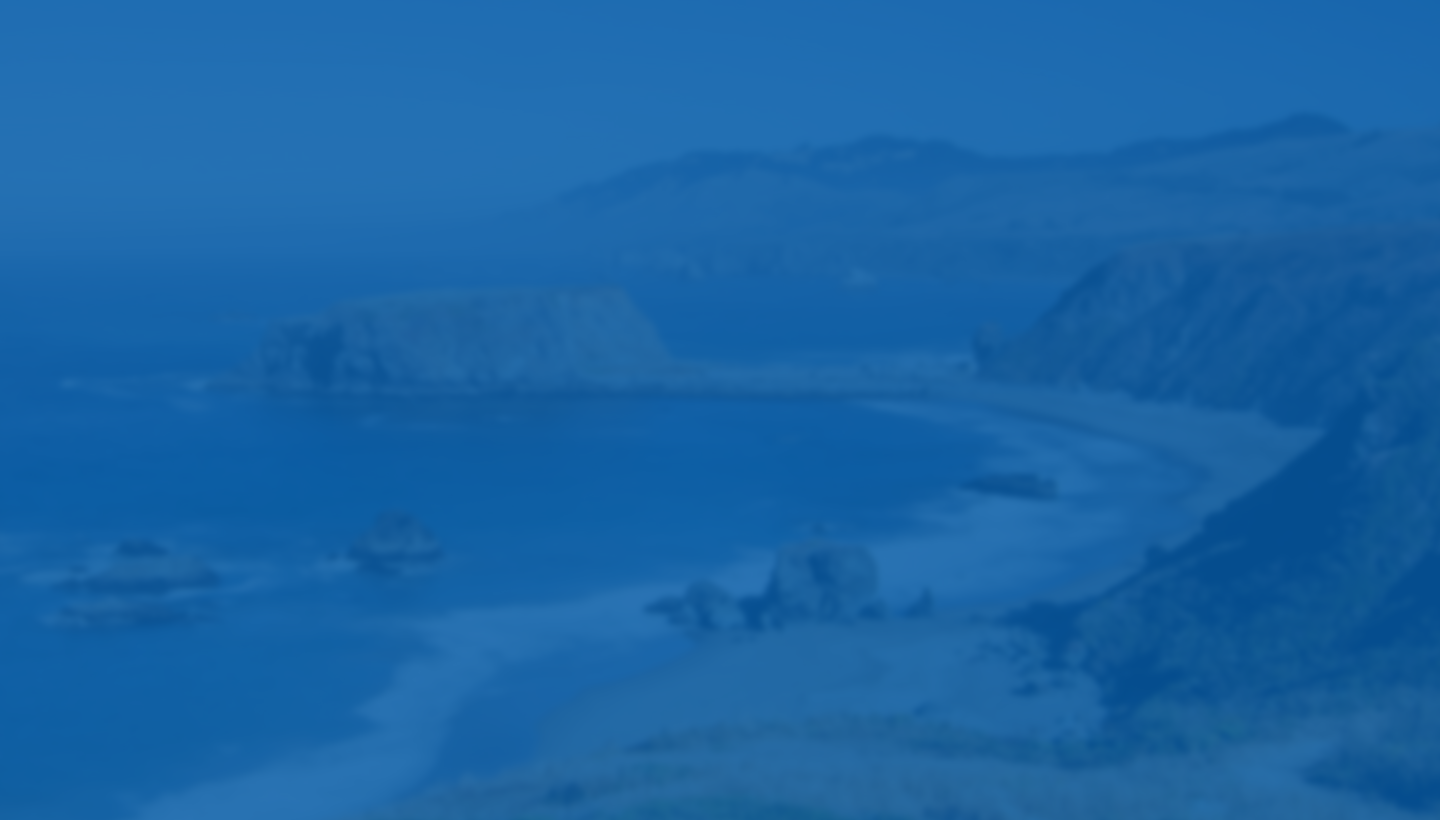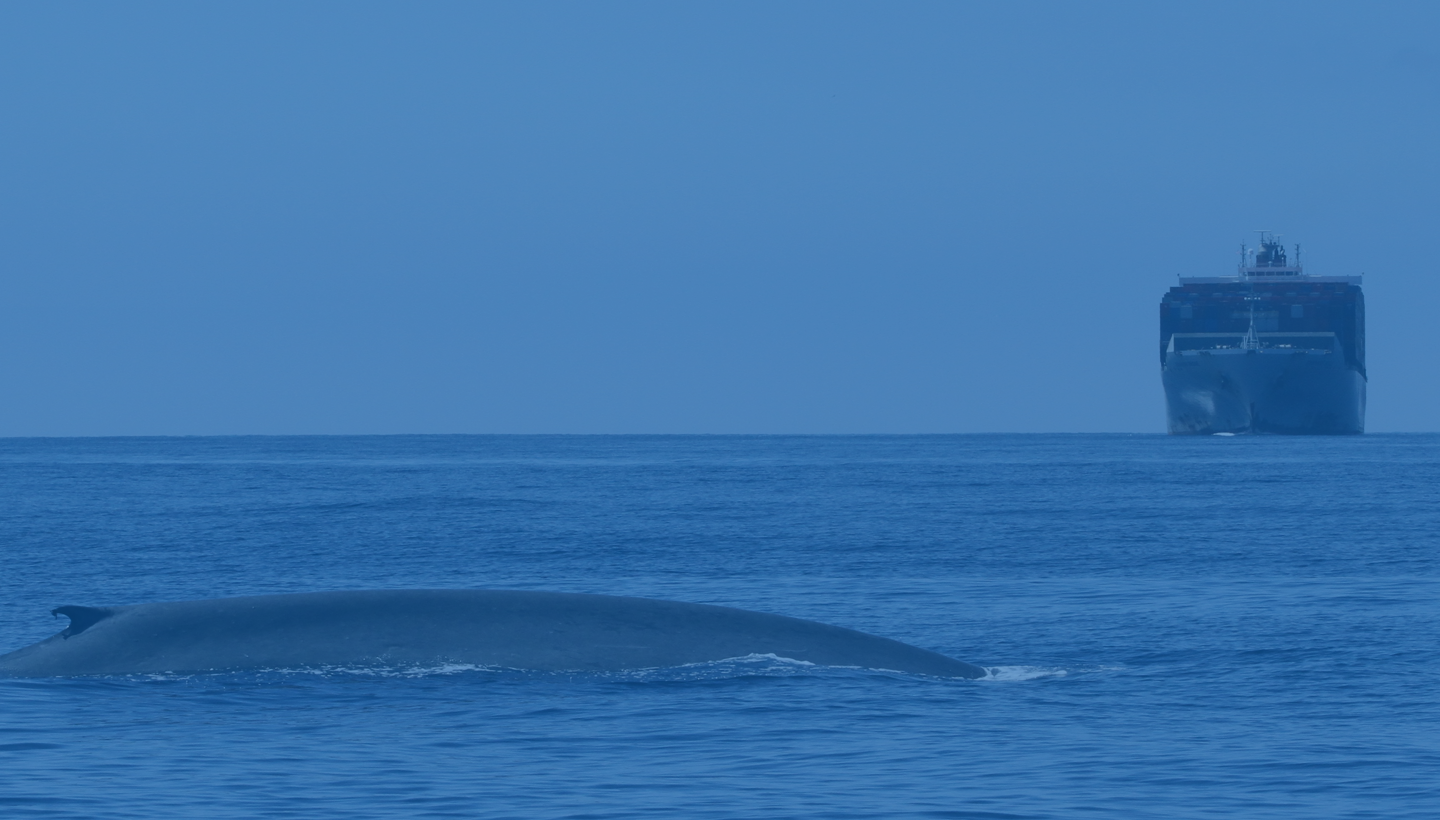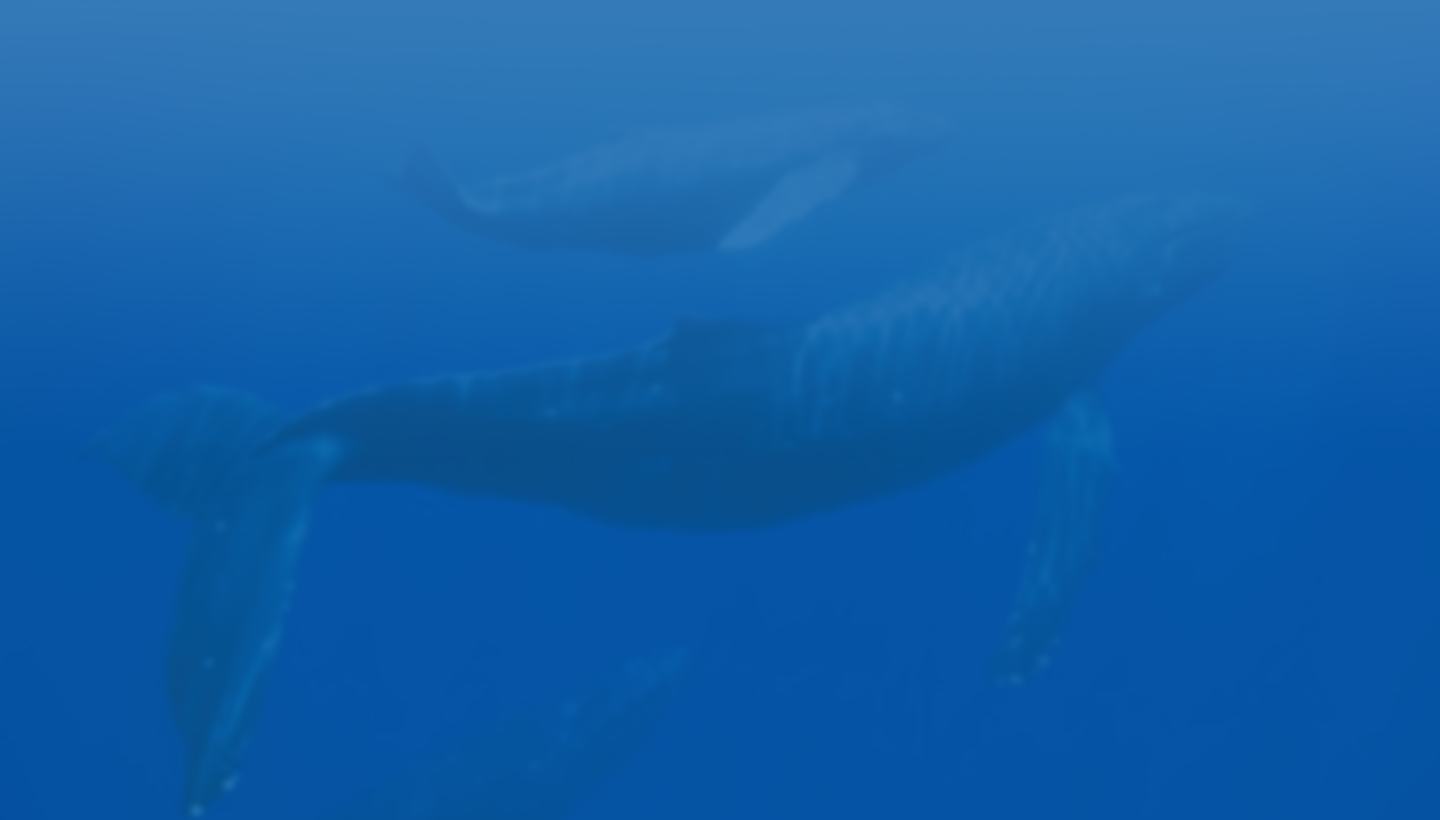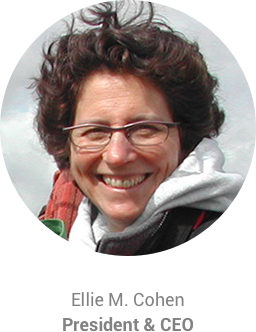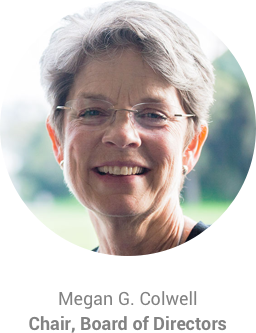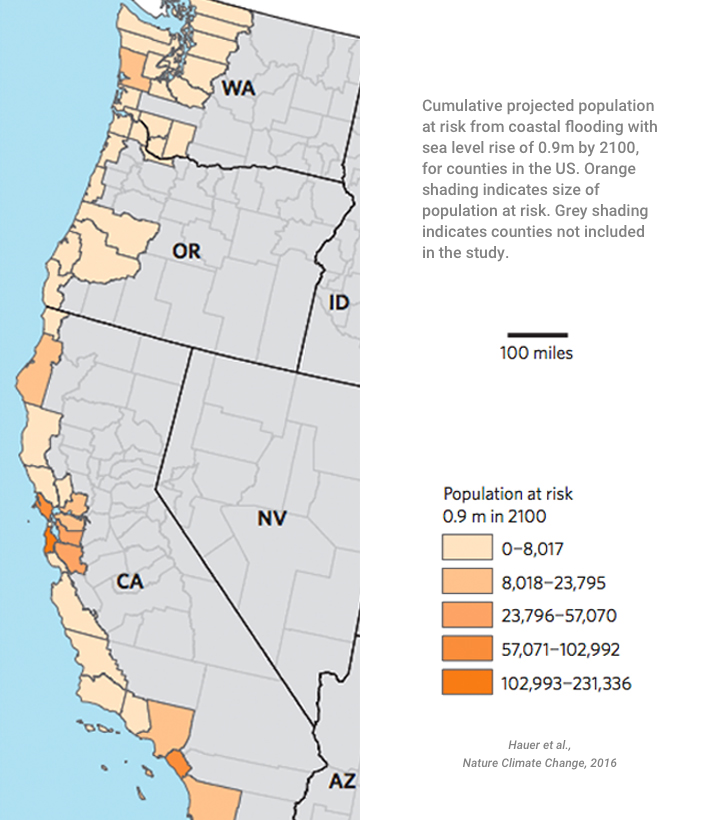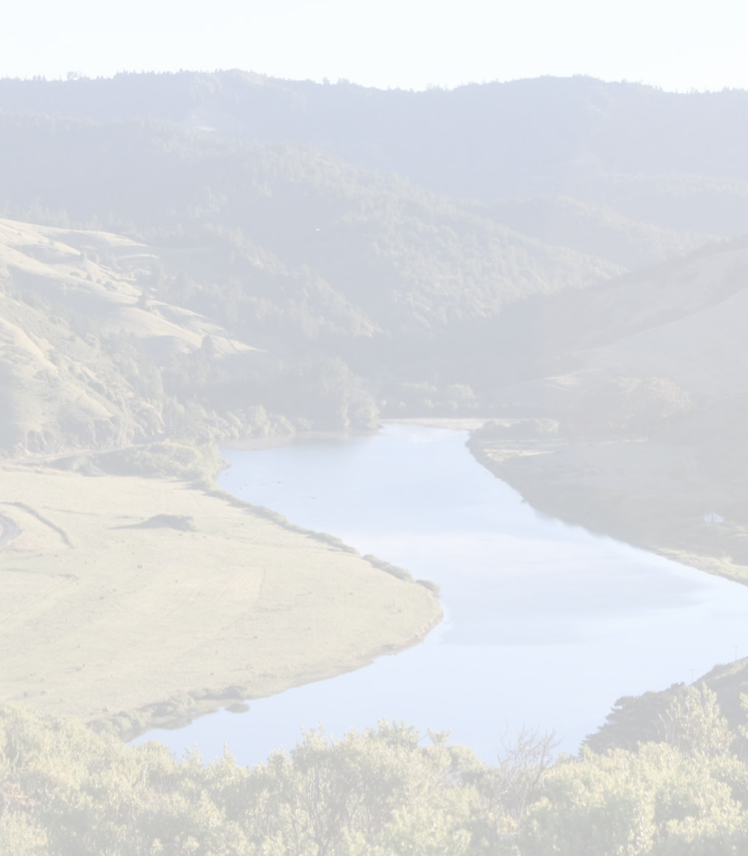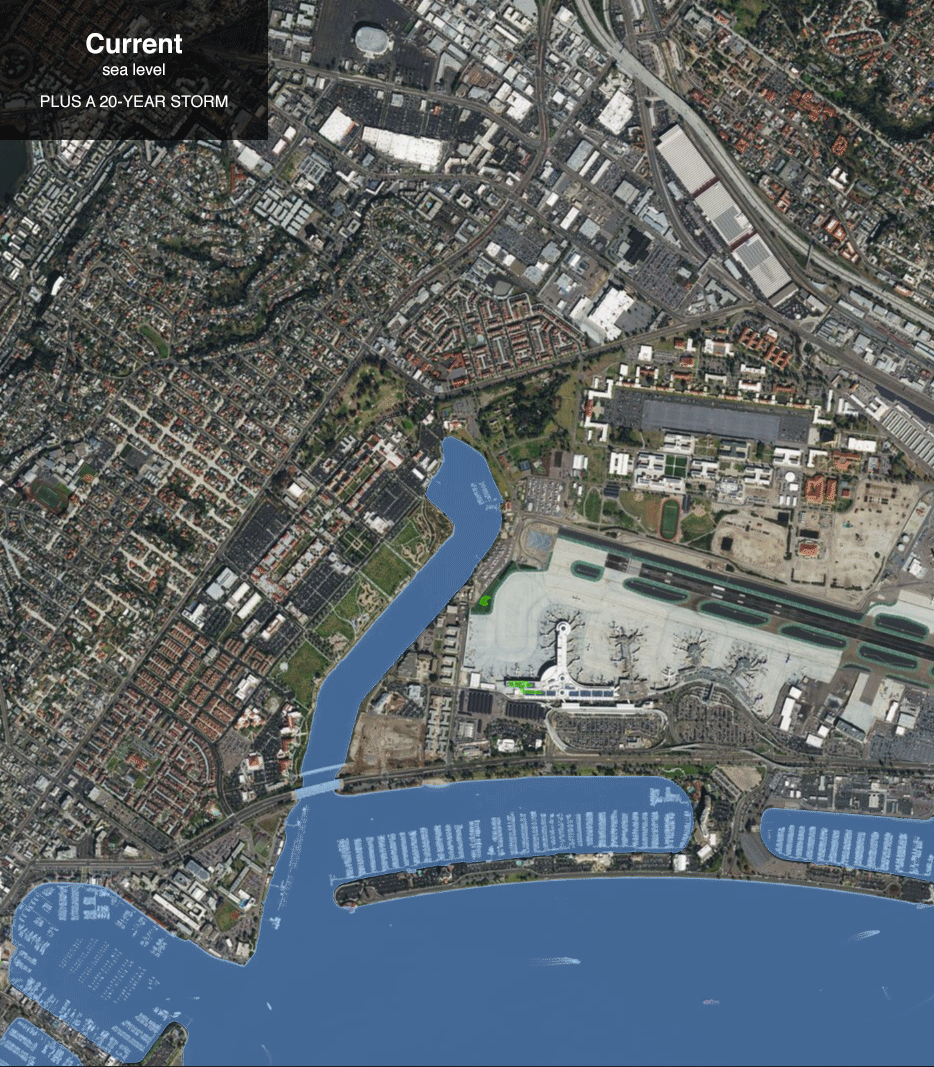One Year at a Time
At Point Blue, we believe that our climate-smart conservation actions will lead to healthy ecosystems that thrive well into the future. Our mission is to advance the conservation of birds, wildlife, and ecosystems through partnerships, outreach and science.

Photo: Cassie Bednar, Point Blue
CEO & Board Chair Letter
Preparing for change.
Each year we provide innovative science for sustainable solutions that support thriving wildlife and human communities.
-
Outreach for Outcomes
Securing a more resilient future for our coasts and shorelines.
Protecting Our Coastlines
“What I like about our work to protect California coasts and shorelines is the opportunity to focus on problems that could have solutions that benefit both people and ecosystems.”
Sam Veloz, PhD, Climate Adaptation Group Director -
Outreach for Outcomes
Securing a more resilient future for our coasts and shorelines.
The Human Impact of Sea-level Rise
Sea-level rise from climate change threatens Californians from Crescent City to San Diego. Point Blue is dedicated to helping communities along the coast prepare for the future.
-
Outreach for Outcomes
Securing a more resilient future for our coasts and shorelines.
Our Coast Our Future
Developed in partnership with the US Geological Survey and others, the OCOF tool helps communities implement climate-smart planning. Point Blue works with partners to promote nature-based solutions that provide green infrastructure for wildlife and human communities.
-
Outreach for Outcomes
Securing a more resilient future for our coasts and shorelines.
OCOF In Action
The OCOF tool models a range of future scenarios, factoring in sea level rise, coastal storms, shoreline erosion, and more. This enables local jurisdictions, such as the San Diego airport, shown here, to plan for the future. From present-day reality to modeling a potential sea-level rise of up to 5 meters (16.4’) we can now project future conditions and promote appropriate climate-smart, nature-based solutions.
Outreach for Outcomes
Securing a more resilient future for our coasts and shorelines.
Protecting Our Coastlines
“What I like about our work to protect California coasts
and shorelines is the opportunity to focus on problems
that could have solutions that benefit both people and
ecosystems.”
Sam Veloz, PhD, Climate Adaptation Group Director
Outreach for Outcomes
Securing a more resilient future for our coasts and shorelines.
The Human Impact of Sea-level Rise
Sea-level rise from climate change threatens Californians from Crescent City to San Diego. Point Blue is dedicated to helping communities along the coast prepare for the future.
Outreach for Outcomes
Securing a more resilient future for our coasts and shorelines.
Our Coast
Our Future
Developed in partnership with the US Geological Survey and others, the OCOF tool helps communities implement climate-smart planning. Point Blue works with partners to promote nature-based solutions that provide green infrastructure for wildlife and human communities.
Outreach for Outcomes
Securing a more resilient future for our coasts and shorelines.
OCOF In
Action
The OCOF tool models a range of future scenarios, factoring in sea level rise, coastal storms, shoreline erosion, and more. This enables local jurisdictions, such as the San Diego airport, shown here, to plan for the future. From present-day reality to modeling a potential sea-level rise of up to 5 meters (16.4’) we can now project future conditions and promote appropriate climate-smart, nature-based solutions.
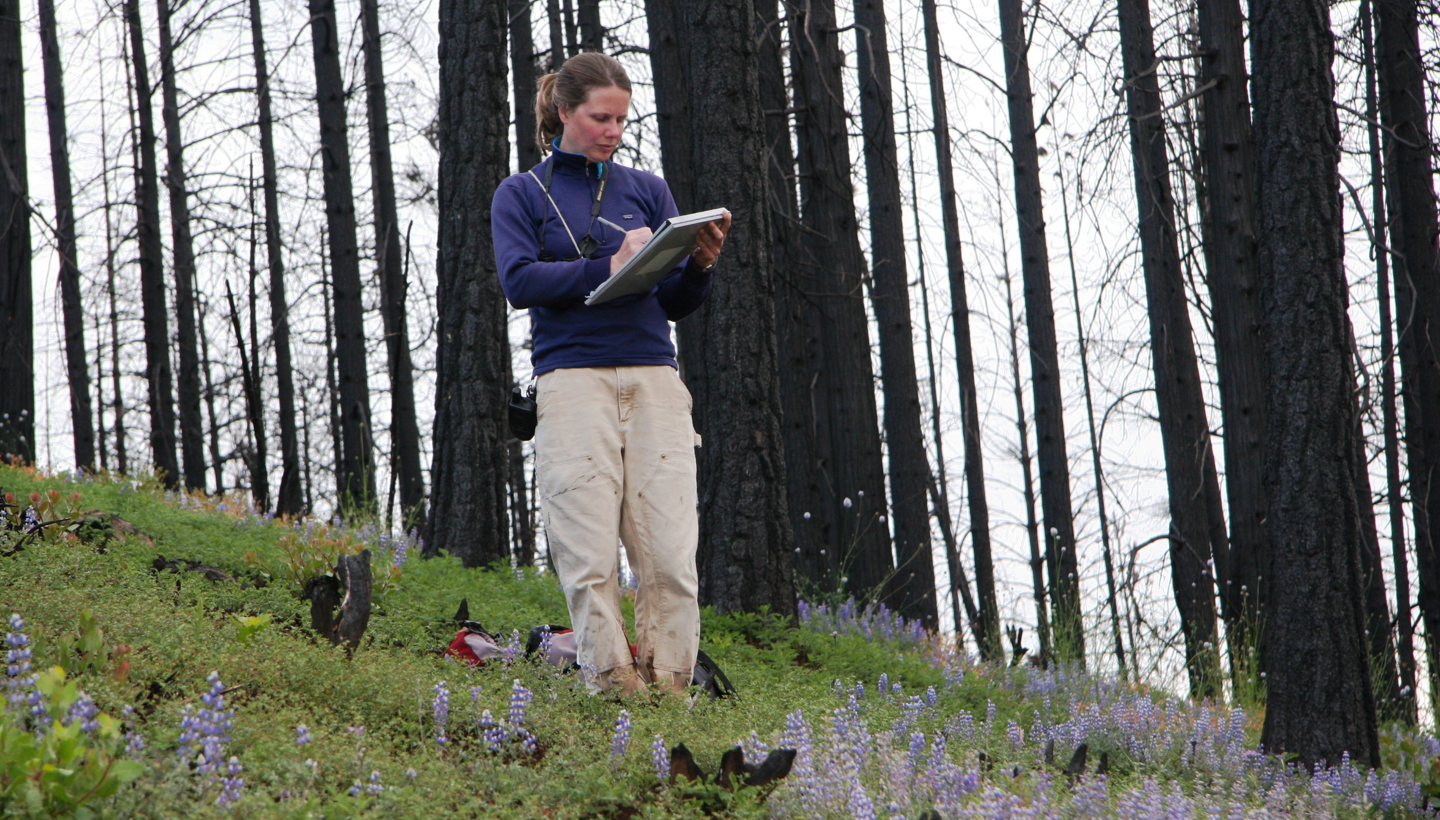
“We’ve built up a lot of trust with multiple partners in the region. When we use our data to make the case that leaving some burned areas alone will be better for birds and other wildlife, they take our recommendations seriously.”
Ryan Burnett, Point Blue Sierra Nevada Director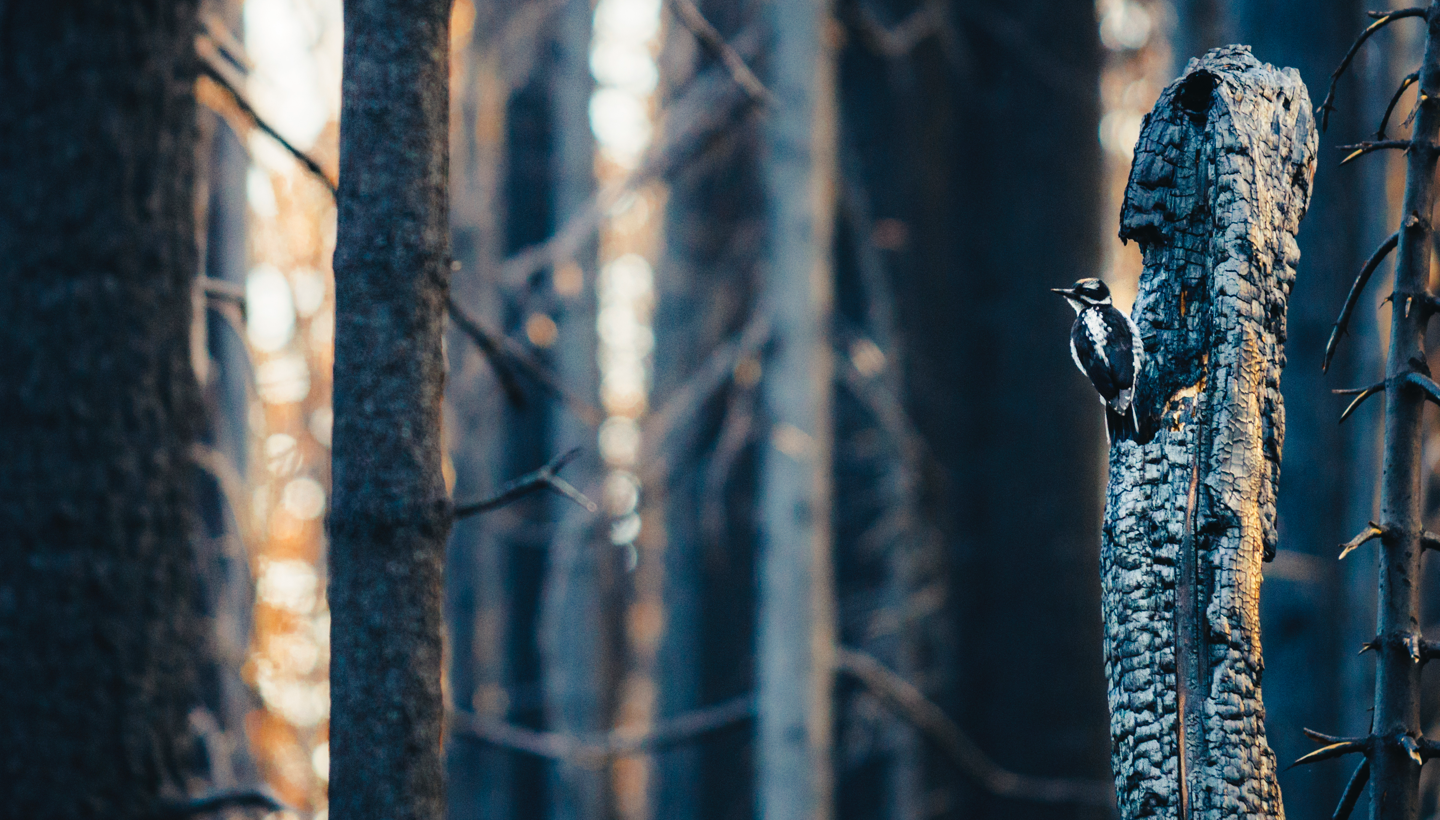
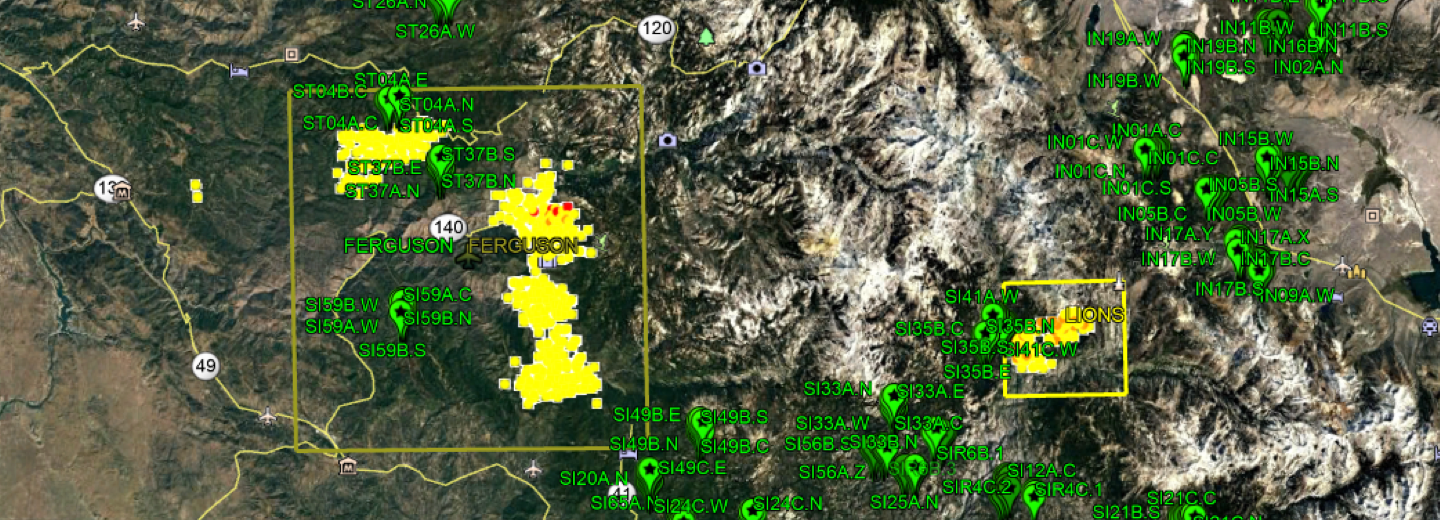
“We need to get ahead of the curve on climate change. We need to have a good grasp on likely future-climate scenarios, particularly in the Sierra. We can then bring recommendations to our forest management partners. Our goal is to see policies and practices that promote resilience to the changes we are already experiencing. At the core, we need to continue our work of climate-smart planning for wildlife and people.”
Dr. Jay Roberts, Point Blue Avian Forest Ecologist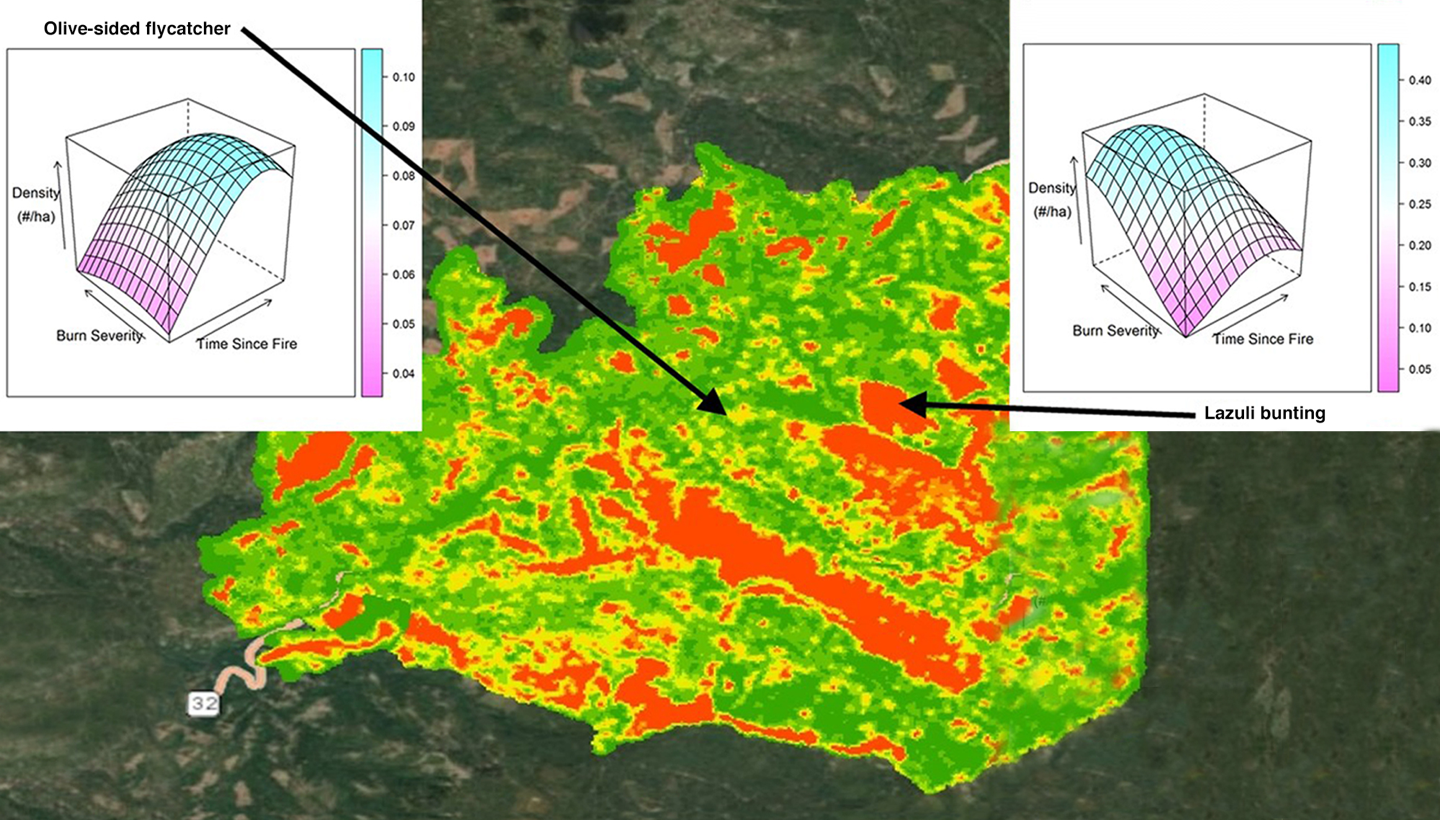
Sign up for Point Blue News
Point Blue by the Numbers
We work from the Sierra to the sea, across the Western Hemisphere and as far away as Antarctica, preparing for the changes—and challenges—ahead.
Here’s just some of our recent impact.700000+
Acres Engaged
in conservation planning and monitoring activities
15000
Students
engaged in hands-on habitat restoration
$54M
Leveraged
in farm bill and landowner match funds
160
Scientists
currently working to advance climate-smart conservation
224
Ongoing Partnerships
with NGOs; government agencies; private companies; international groups and others
23
Peer-Reviewed Journal Articles
published by Point Blue scientists in our most recent fiscal year
2017-18 Financials
Thanks to donors, supporters and partners like you, Point Blue empowers leading-edge science, education and training programs as well as powerful partnerships that maximize nature’s benefits.
Revenue
Expenses
Revenue
Expenses
